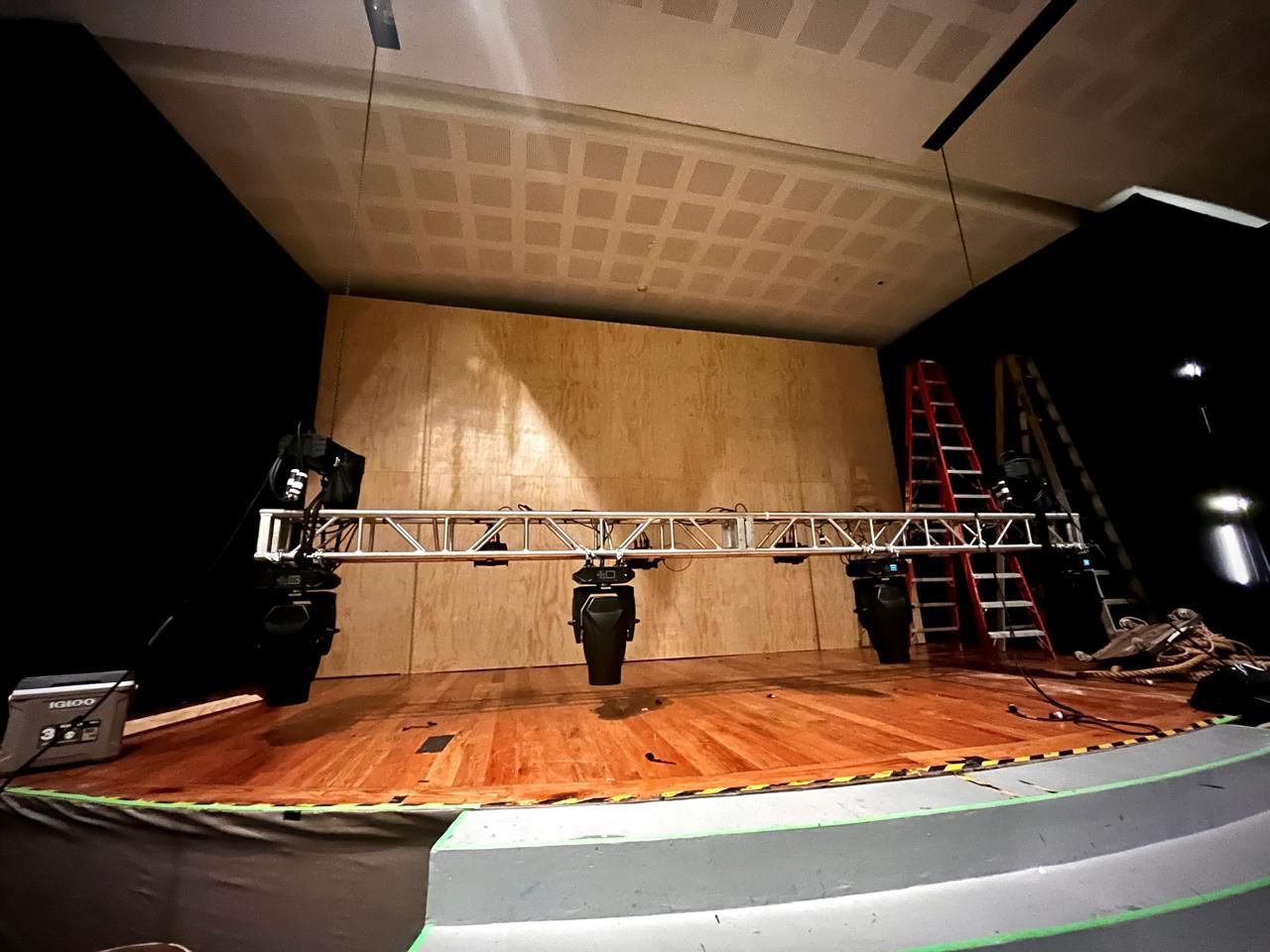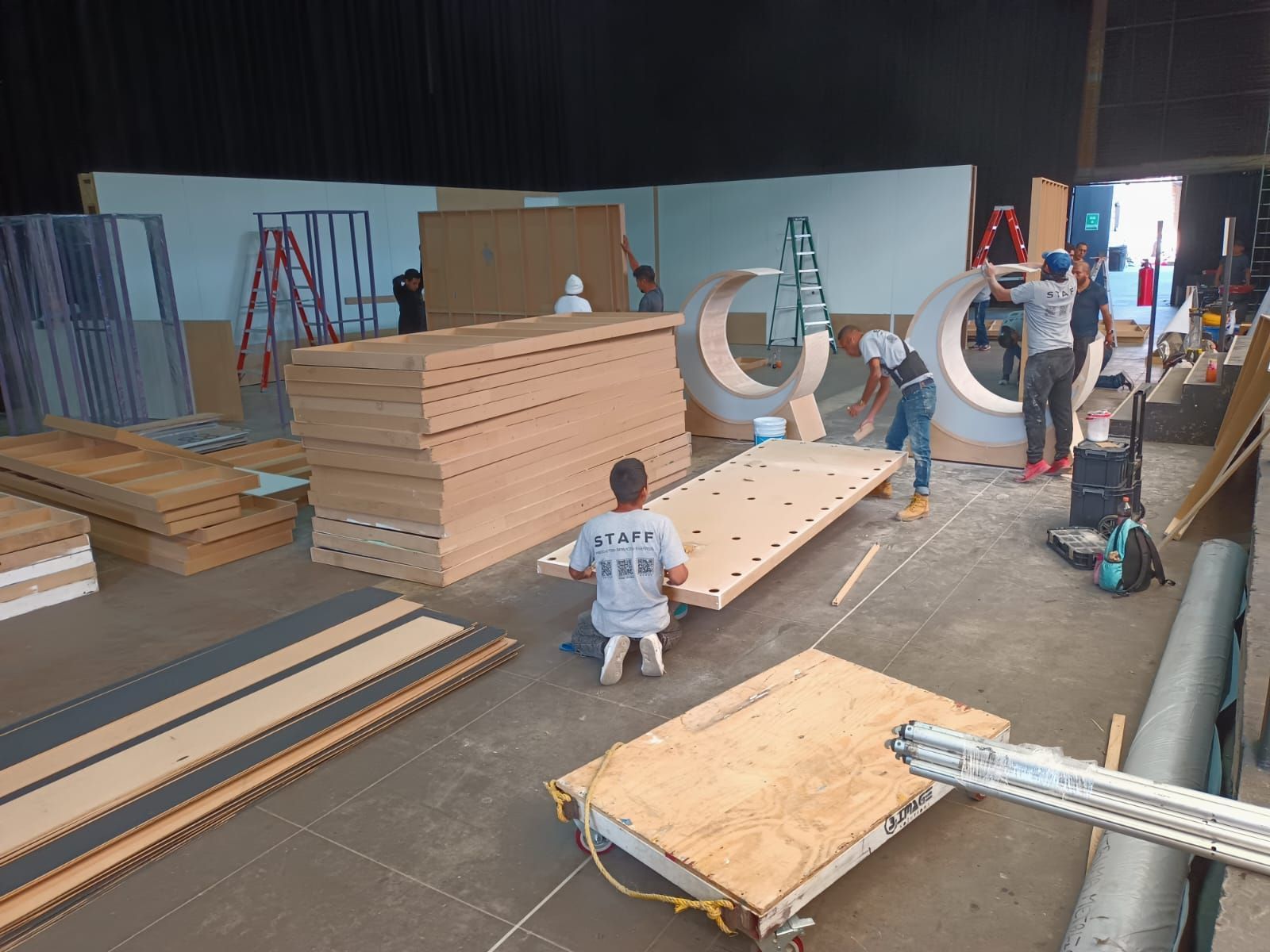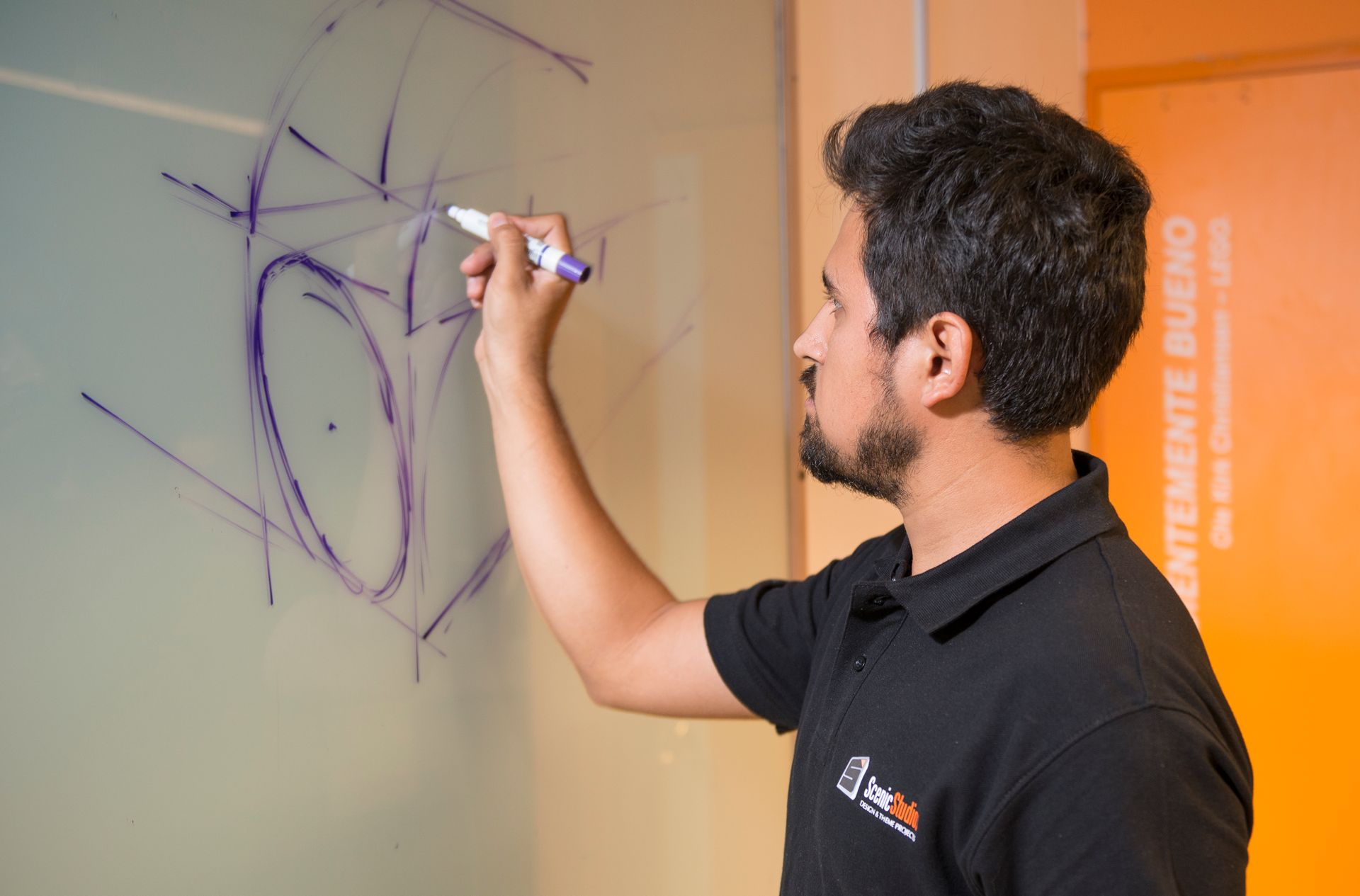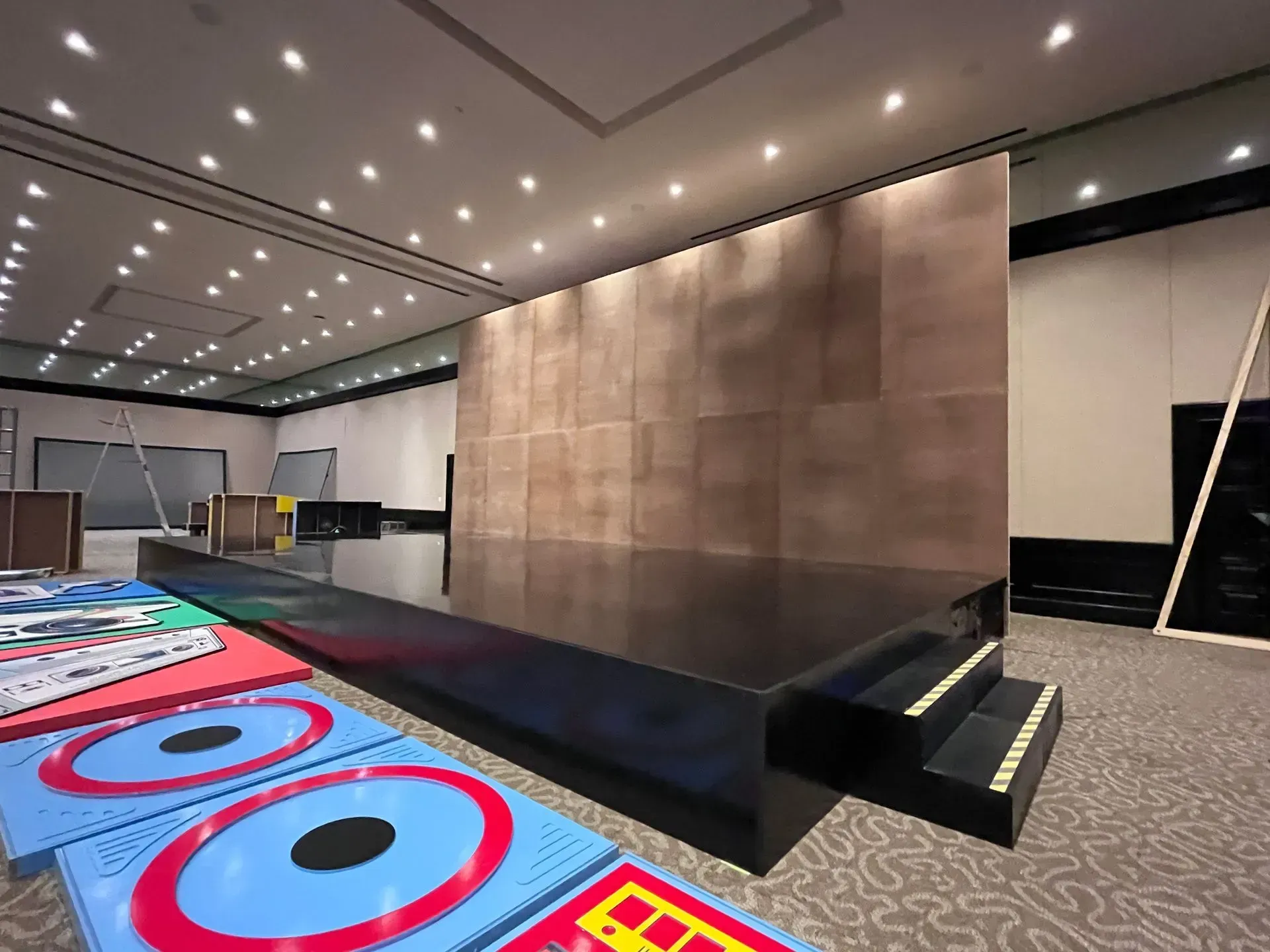What is a render and what is its function?
A render operates as a visual representation, typically three-dimensional, of a virtual design or model, and at SCENIC, we show and explain its primary functions:
- Realistic Visualization: Provides a realistic and detailed representation of the design, allowing you to see how the project will look once completed.
- Design Presentation: Used to present and communicate designs to clients, project teams, and other stakeholders. Facilitates an understanding of the final appearance of the project.
- Aesthetic Evaluation: Allows for the assessment of the design's aesthetics, including colors, textures, lighting, and visual details. This is crucial for making informed design decisions.
- Corrections and Adjustments: Enables adjustments and corrections before actual construction, saving time and resources by identifying potential issues or necessary improvements in the design phase.
- Perspective Visualization: Aids in visualizing the design from different angles and perspectives, providing a comprehensive understanding of the volumetrics and spatial design.
- Decision Support: Facilitates decision-making by providing a clear and detailed representation of the design, allowing stakeholders to better comprehend the project before execution.
Therefore, a render is an essential tool in the design process as it provides a precise and attractive visual representation of the project, facilitating communication, decision-making, and the presentation of the design to diverse audiences.
